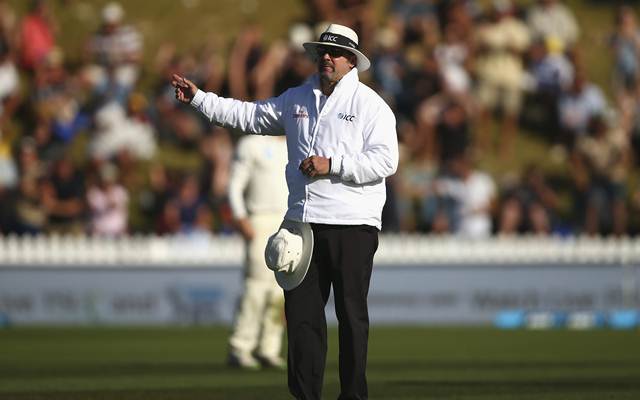Here's how the auto no-ball system would work
Earlier this month, the umpires failed to notice as many as 21 no-balls from Pakistan pacers during the Gabba Test.
2 Min Read


The entire cricketing fraternity was looking forward to the first T20I between India and West Indies on Friday not only because of the obvious reasons but also to see how the auto no-ball system works. With the on-field umpires’ struggles in calling front-foot no-balls, the ICC decided to change the system. In recent times, there have been a lot of instances when the on-field umpires failed to call the no-ball.
Earlier this month, the umpires failed to notice as many as 21 no-balls from Pakistan pacers during the Gabba Test. In the same Test, Pat Cummins appeared to have nothing behind the line after he dismissed Mohammed Rizwan but the wicket was upheld for front-foot no-ball. There was a controversy for the same reason during last year’s IPL match between Mumbai Indians and Royal Challengers Bangalore too.
Thus in an attempt to minimize those errors, the ICC decided to give the responsibility of checking the front-foot no-balls to the third umpire. The new rule started with the first T20I between India and West Indies. The system is currently under trial and would become permanent only after the results are satisfying.
Sanjay Manjrekar explains working of the auto no-ball system
As the cricket world was waiting to see how the auto no-ball system would work, ex-cricketer-turned-commentator Sanjay Manjrekar explained its working. Before the start of the match, the former India batsman explained how the third umpire and the main umpire would communicate over front-foot no-balls.
“Basically, the third umpire sitting in the match referee’s box will get a split-screen image of every ball that is bowled in the match, the front-foot landing of every ball in the match,” said Manjrekar.
“In two-three seconds after the ball is bowled, the umpires on the field will be told whether it’s a no-ball or not so that they can go ahead and make that decision. So, they can really focus on what’s really important ( referring to what will happen on the pitch) and the game continues,” he added.
Talking about the game, India beat West Indies by six wickets to take the lead in the three-match series. Riding on Virat Kohli’s stunning knock of unbeaten 94, the Men in Blue chased down a mammoth total of 208 with eight balls to spare.
Watch: Wahab Riaz bowls a perfect yorker in MSL 2019
Download Our App